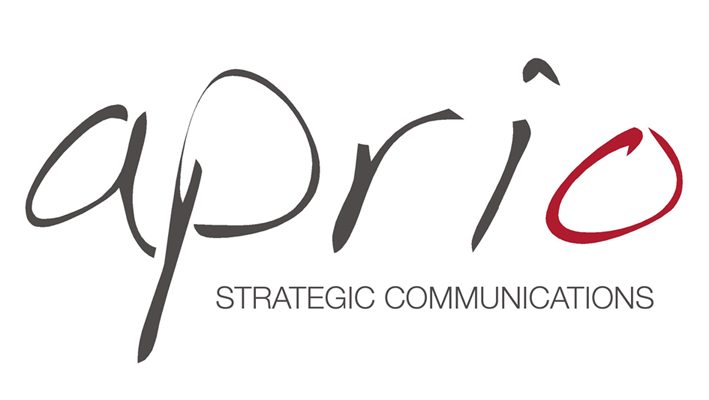After almost two-and-half years, it is with great pleasure that I officially unveil the fourth edition of The Conversation Prism. Viewed and downloaded millions of times over, The Conversation Prism in its various stages has captures snapshot of important moments in the history and evolution of Social Media.
For those unfamiliar with The Conversation Prism, it is an evolving infographic that captures the state of social media, organized by how important social networks are used by professional and everyday consumers. It was created to serve as a visual tool for brands to consider unforeseen opportunities through a holistic lens. Over the years, it has served as a business tool as well as art decorating the walls and screens of offices, conference halls, and also homes.
With research beginning in 2007, the original Conversation Prism debuted in 2008 as a visual map of the social media landscape. Years and four iterations later, it remains an ongoing study in digital ethnography that tracks dominant and promising social networks and organizes them by how they're used in everyday life.
It is provided as a free download in many sizes and shapes here.
Why is The Conversation Prism More Than a Pretty Infographic?
The Conversation Prism is important because it is the ONLY research-driven map that explores the evolution of the social web dating back to the rise of social media.
It is a combination of research and digital enthography. It groups networks by how people use them. It includes both leading and promising networks. It's not intended to show every network, but instead how the shape of the social web is changing and who the front runners are pushing social media in new directions.
The Conversation Prism was designed to help strategists see the bigger picture in the evolution of social media beyond the most popular and trendy sites. It is intended to help in a number of ways…
1. As a form of validation to show executives that social media is not a fad and that it's bigger than Facebook, YouTube, Twitter, and Pinterest.
2. To motivate teams to find new ways to think about social media and explore new ways to improve experiences and relationships.
3. Provide a top-level view to help strategists study the landscape as they plan their next social media strategy.
History: When were the previous versions released?
1.0 = August 2008 (pictured above)
2.0 = March 2009
3.0 = October 2010
4.0 = July 2013
What's new with Version 4.0?
Version 4.0 brings about some of the most significant changes since the beginning. In this round, we moved away from the flower-like motif to simplify and focus the landscape.
With all of the changes in social media, it would have been easier to expand the lens. Instead, we narrowed the view to focus on those that are on a path to mainstream understanding or acceptance.
The result was the removal of 122 services while only adding 111. This introduces an opportunity for a series of industry or vertical-specific Prisms to be introduced.
Overview of Categories Added:
1. Social Marketplace
2. Enterprise Social Networks (shortened to "Enterprise" for formatting, companies included here were previously grouped under "Nicheworking", which we redefined.)
3. Influence
4. Quantified Self
5. Service Networking
Categories Removed
1. Virtual Worlds
2. Blogs/Conversations
3. sCRM
4. Attention/Communication Dashboards
5. DIY + Custom Social Networks
6. Collaboration
Why is it Called a Conversation “Prism?”
I get this question all the time. And in light of activity related to the NSA, Prism takes on an entirely new meaning. Additionally, the Conversation Prism is often referred to as a color wheel, but to do so, takes away from it’s the beauty of its design and purpose.
Using a "prism" metaphor was intended figuratively and literally...
Using the traditional definition, a prism separates white light into a spectrum of colors. The "white light" in this case, is the focused stream of conversations that are often grouped, but not separated by voice, context, source, or outcome. We take this beam of dialog and blast it into a spectrum of discernible light, let’s call it enlightenment, to see, hear, learn and adapt. We quite literally bring conversations to light. Used figuratively, it references the clarification or distortion afforded by a particular viewpoint...for example, "We view conversations across the networks through the prism of our social dashboard."
Each shade of color represents an entirely unique reflection of light, meaning separating context and intention by network.
Original designs refracted the light of conversations vertically, like so many traditional prism images you see. But, as the social web grew, we shaped the refracted light into a circle to help everyday people understand that the days of one audience, one voice, one story were over. We now had to envision, organize, and understand that conversations take place in communities that we don't yet realize...obviously far beyond Facebook and Twitter.
The Age of Context: Context is King!
The social landscape is evolving with increasing acceleration. As you can see throughout every iteration of the Prism, the number of networks that vanish and emerge is staggering. But more importantly, the nature and focus of how networks are used is also dramatic in its changes. In some cases we see the move to smaller or more concentrated networks and at the same time the visual "social" web is becoming more pervasive. We are moving into an era of context where what we share, how we interact and how we form relationships is moving away from a general social graph to a distributed yet organized network defined by shared interests.
The Conversation Prism is available as a poster for $20 or as a free digital download in a variety of resolutions and sizes. 4.0 is available exclusively at www.conversationprism.com

No comments:
Post a Comment